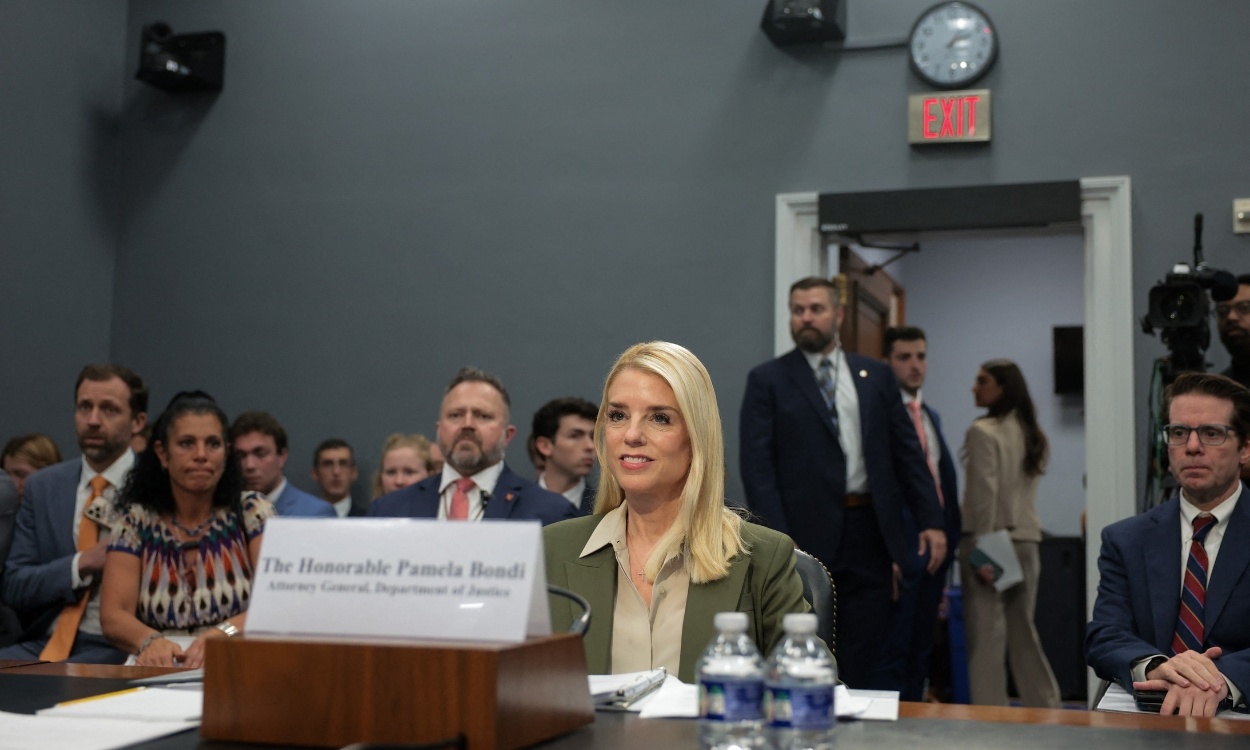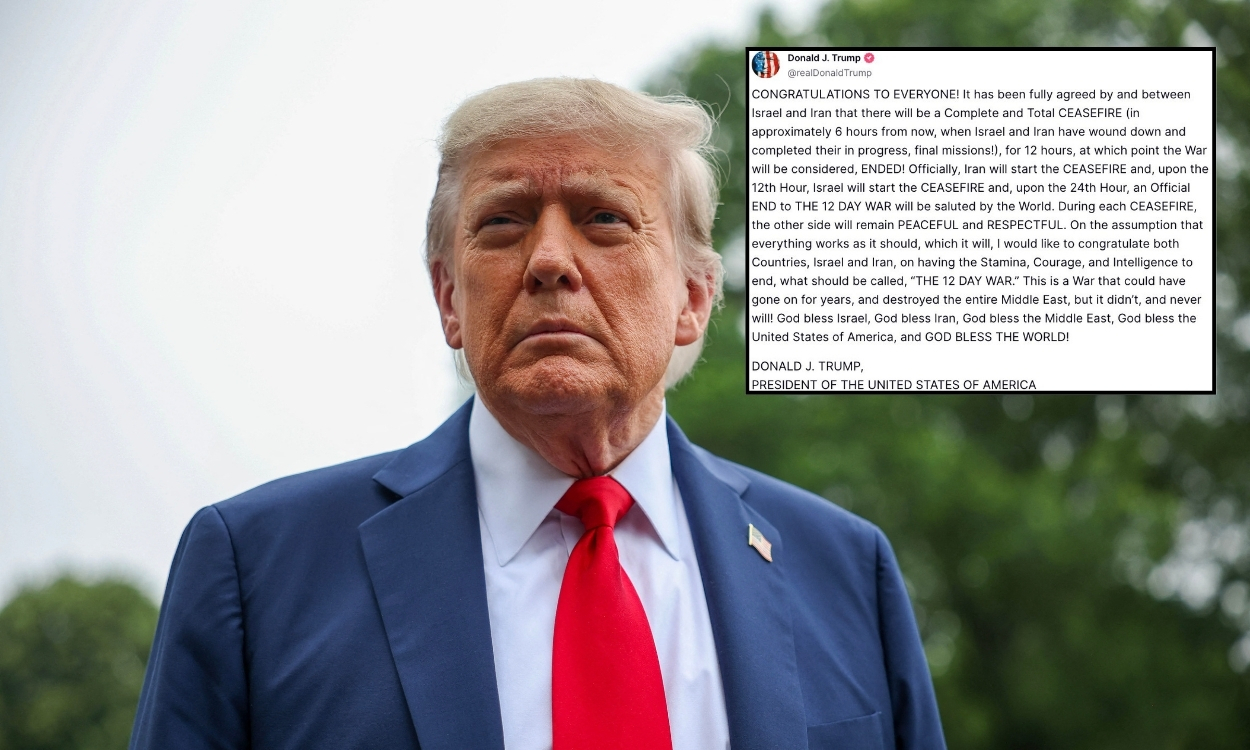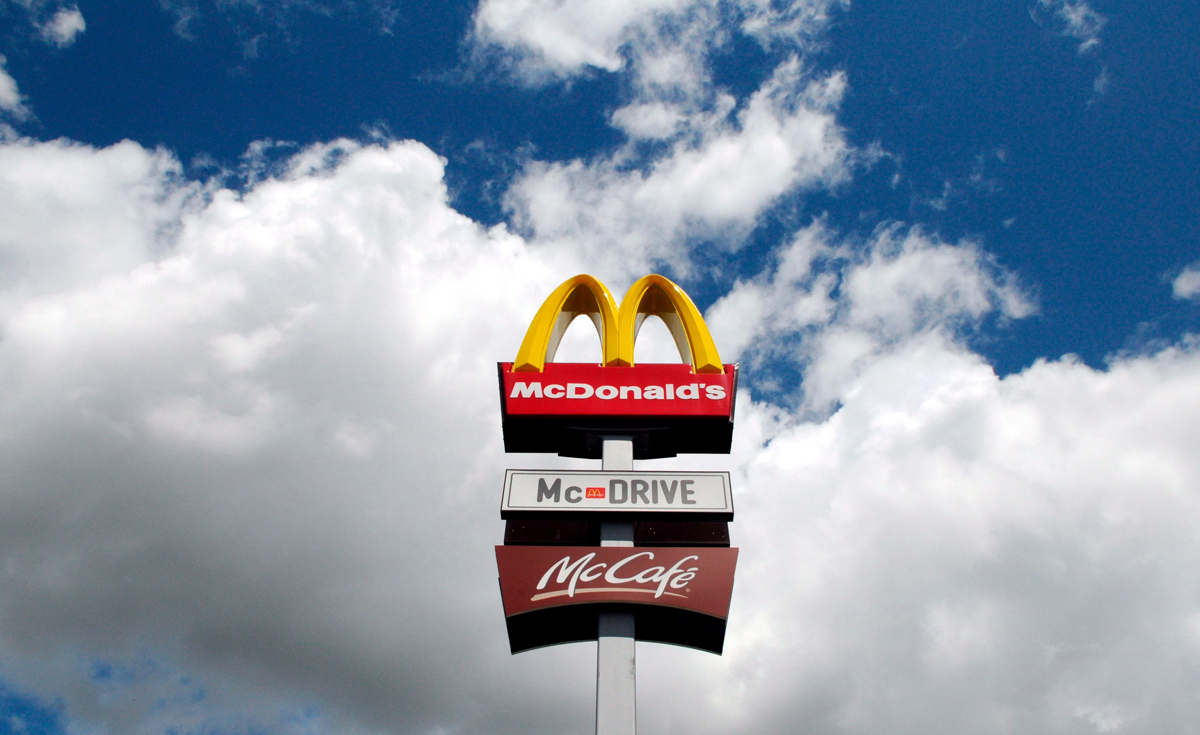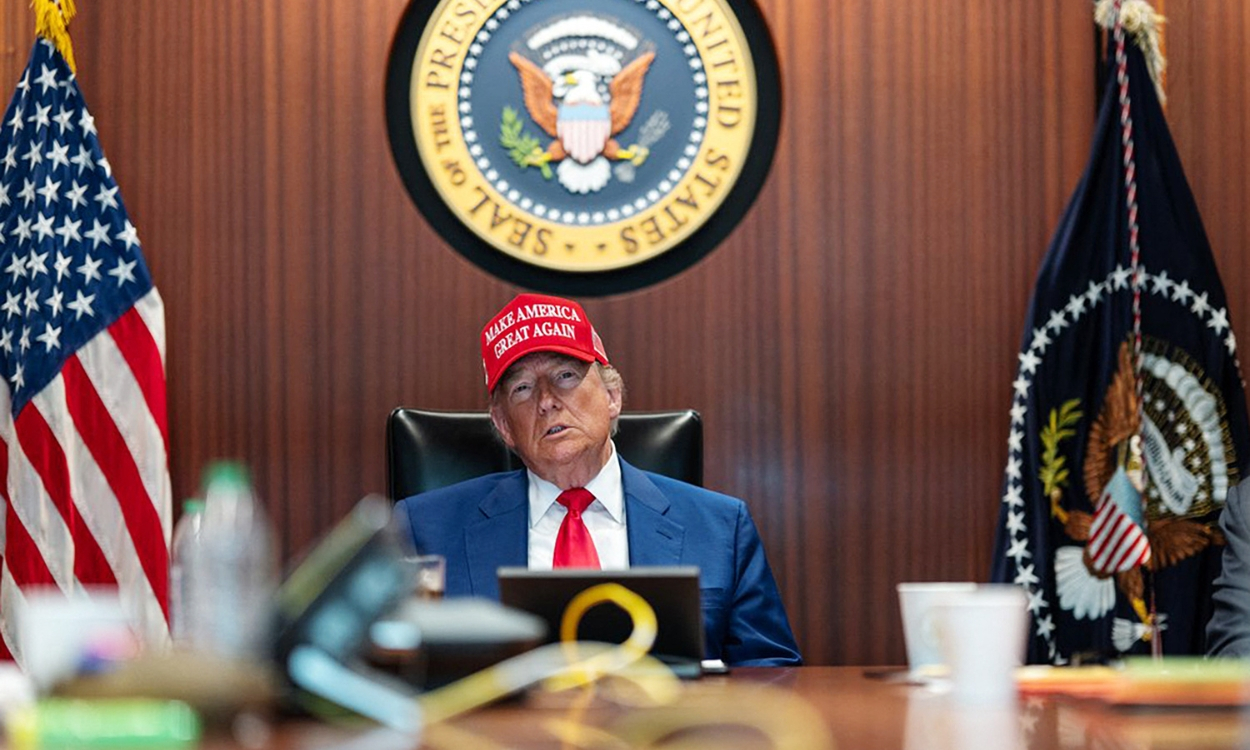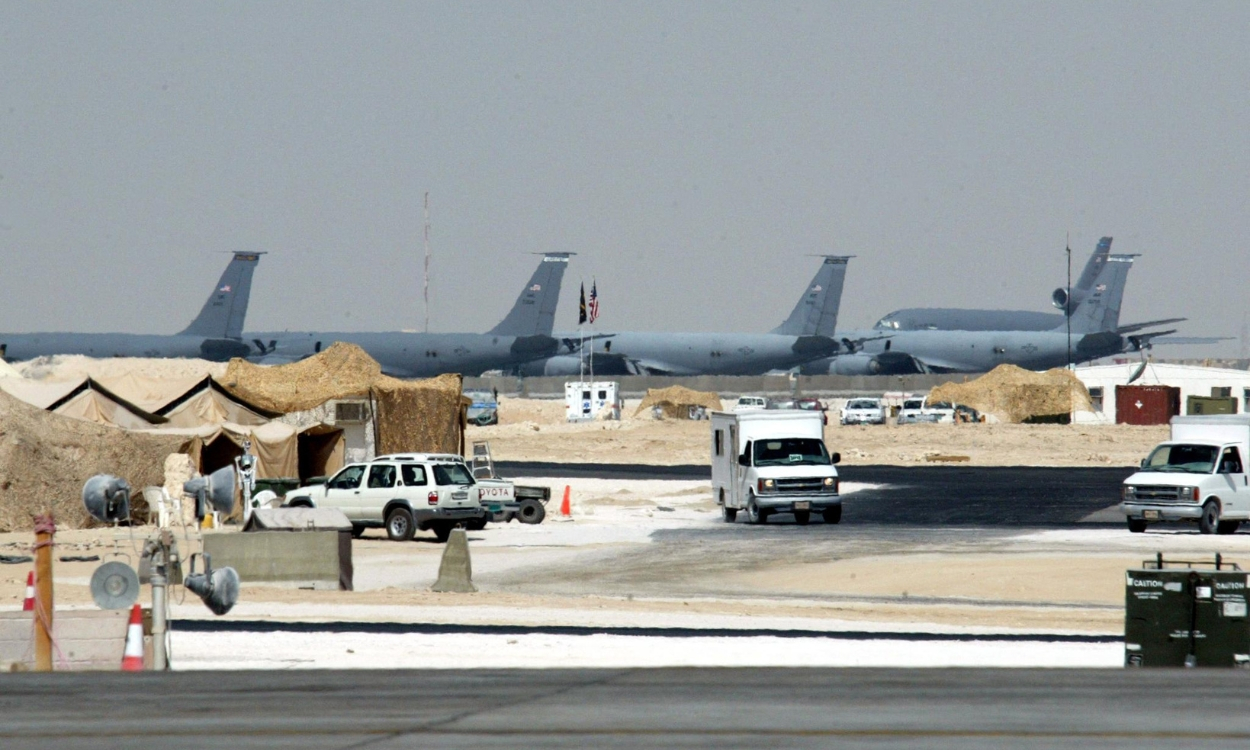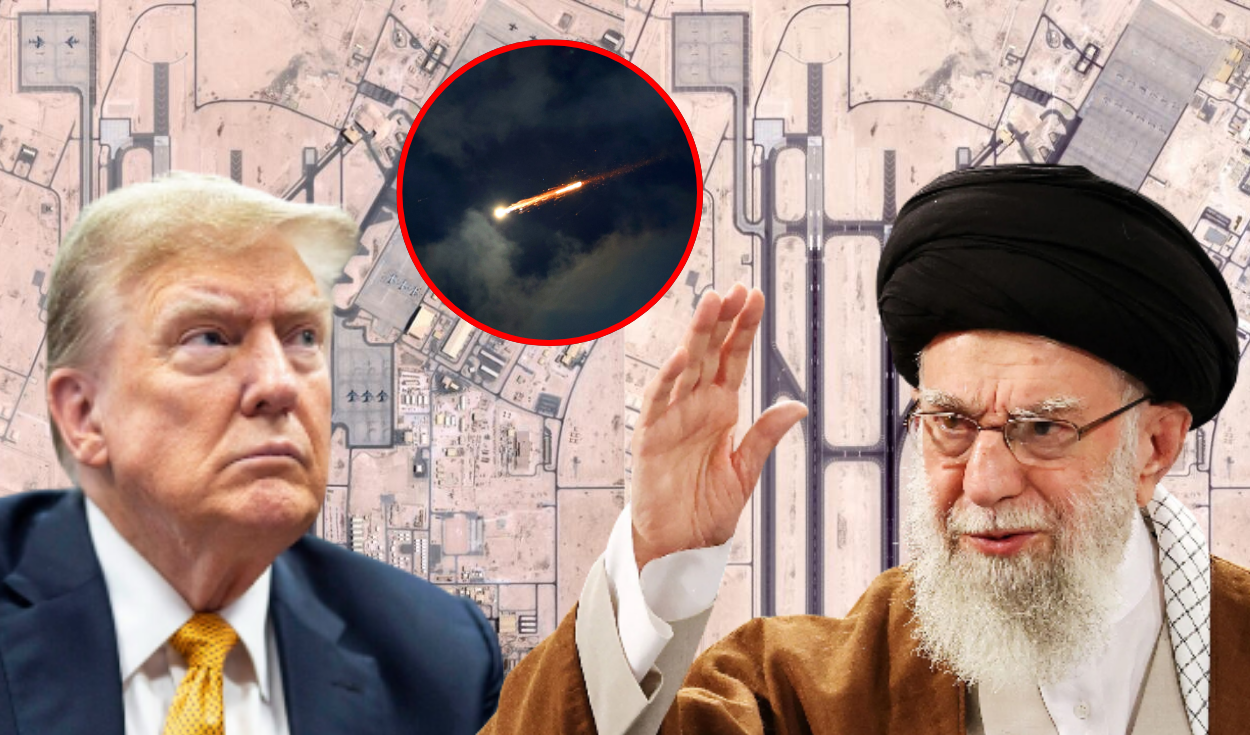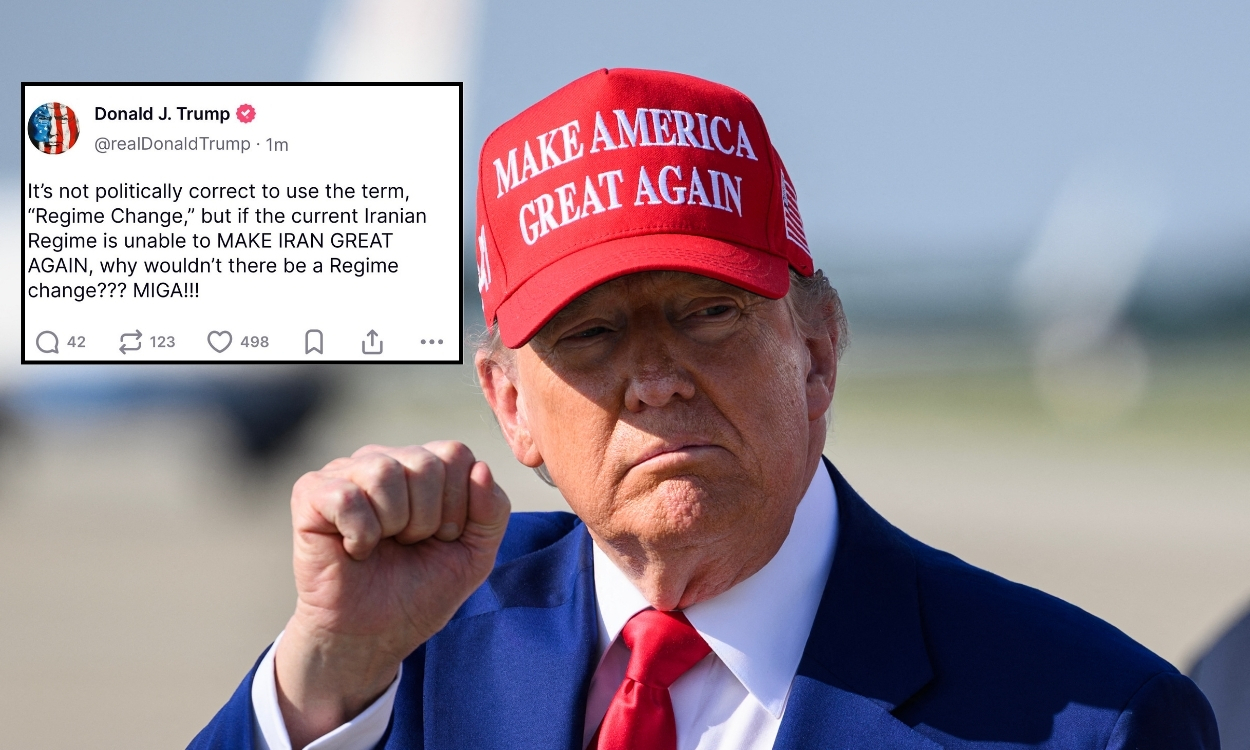What happens after Pope Francis' death? Vatican protocol and the next conclave explained
The Argentine pontiff's death has activated the "Sede vacante" protocol, a centuries-old procedure that governs the transition of power within the Catholic Church. The Vatican has confirmed that the conclave to elect a new pope will occur 15 to 20 days following his passing.
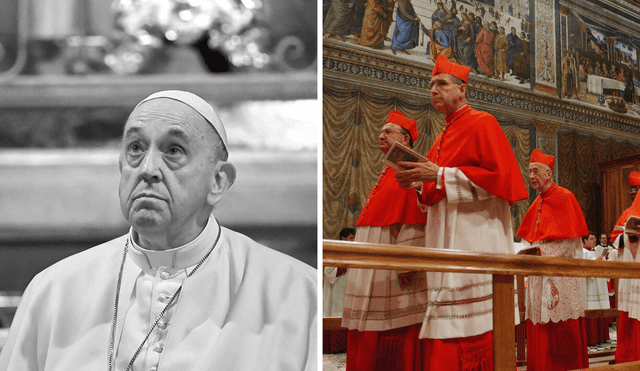
Pope Francis passed away on Monday at the age of 88, initiating a historic transition process within the Catholic Church. The Vatican promptly activated the "Sede Vacante" protocol, which outlines the steps to be followed after the death of a pope until a new leader is elected.
This age-old process was revised by Pope Francis himself in April 2024. Among the most notable changes are modifications to the papal funeral rites and measures to expedite the convening of the conclave.
Sede Vacante: A church without a pope and interim leadership
The Sede Vacante period begins with the official confirmation of the pope’s death, a task carried out by the camerlengo. In this case, Cardinal Kevin Farrell confirmed the passing, removed the Fisherman’s Ring, and destroyed it along with the papal seal. This act symbolizes the end of papal authority and prevents the falsification of documents in the deceased pope’s name.
During this time, the Church is without a spiritual leader. The pope’s room is sealed, and all official audiences are suspended. The College of Cardinals assumes temporary governance, limited to administrative matters. They are not authorized to make doctrinal decisions or implement reforms. Their main responsibilities are to organize the funeral and prepare for the conclave.

ALSO SEE: Immigration affairs at the Vatican: US vice president meets with Vatican officials to discuss ideas
A simplified funeral: Reforms introduced by Francis
One of Pope Francis’s final acts was to revise the papal funeral rites through the document Ordo Exsequiarum Romani Pontificis. The new guidelines eliminate several longstanding traditions, such as the use of a triple coffin and the transfer of the pope’s body to the Apostolic Palace. Instead, the body will be placed directly in a wooden casket with a zinc lining and displayed in St. Peter’s Basilica for public veneration.
Other notable changes include the removal of the papal staff from the casket, the option not to be buried in the Vatican Basilica, and a simplified novendiales rite, now reduced to four prayers instead of three. These adjustments reflect Pope Francis’s commitment to streamlining ceremonial elements and making them more accessible to the faithful.

